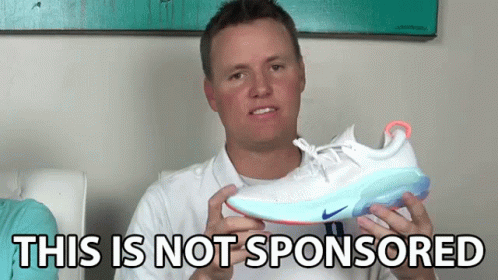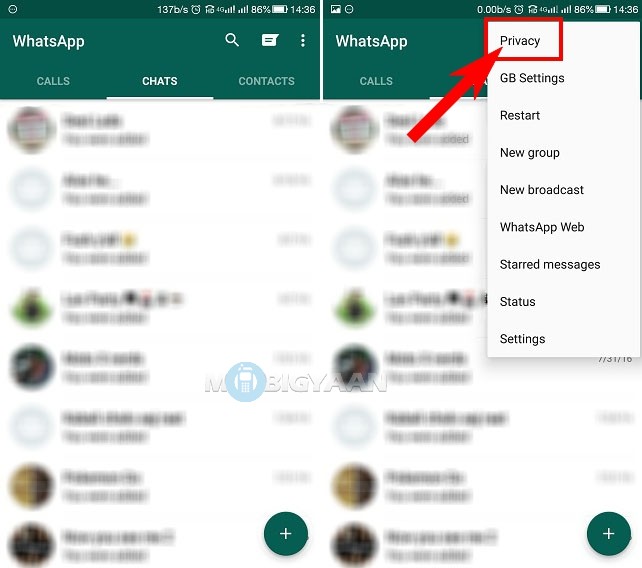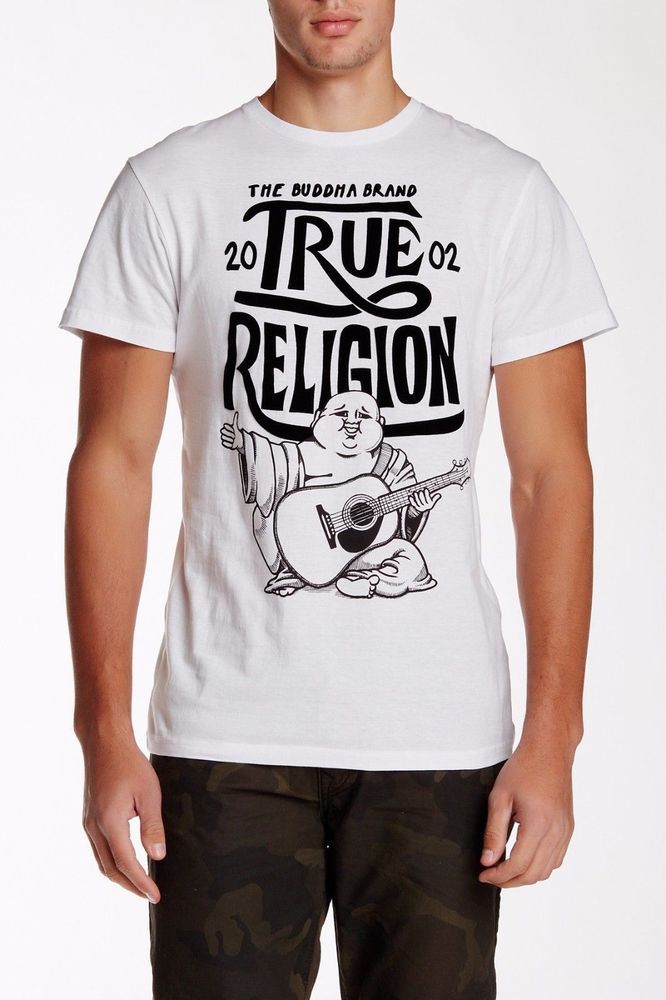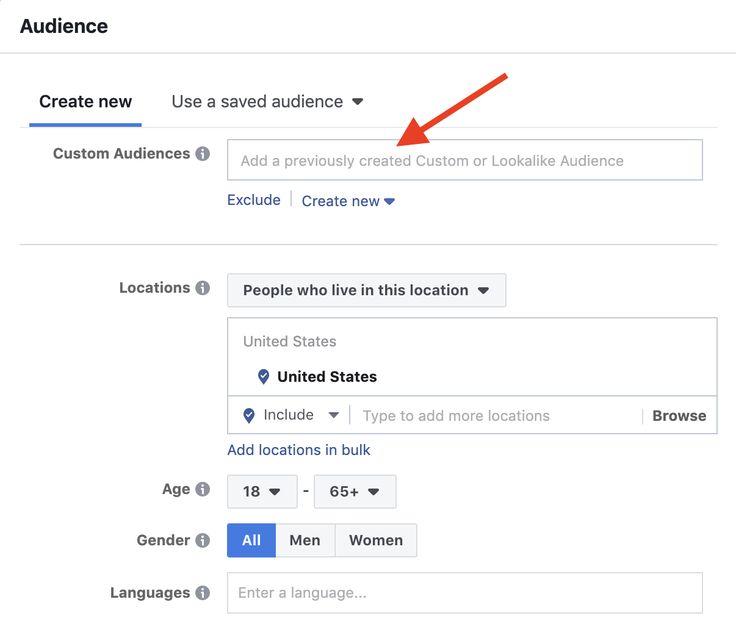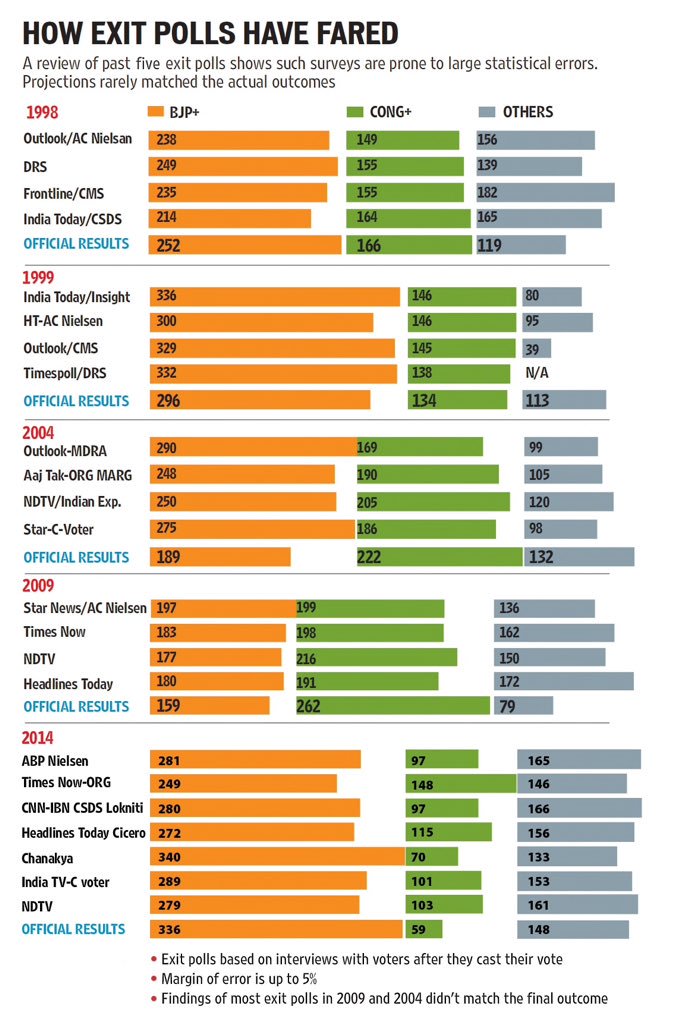How to get sponsored by nike on instagram
How To Get Sponsored by Nike on Instagram?
To get sponsored by Nike on Instagram, you need to be in the fitness industry and have a large influence on Instagram and you personally have to be great a particular sport category such Usian Bolt is great at running in a fitness industry while also having a big influence on Instagram, but let get more in-depth.
Sponsored by Nike is hard but if it’s on Instagram you have the potential.
Due to competition and the popularity of the country increase daily,
more and more people will be great sport and getting sponsored by Nike will be harder.
But did you know there’s an alternative to get sponsored?
Good to be seeing you and in this post…
…I’ll share what you need and how you can get sponsored by Nike.
Use the above photo to Pin this post on Pinterest
…before getting started into how you can get sponsored on Instagram with any companies.
Follow @earthvessle on Instagram.
Fitness Industry
Nike is in the fitness industry and to get sponsor
…you also have to be part of the industry at least a favorite sport that you’re into.
Now that you know you need to be in a fitness industry,
next is knowing what your favorite sport so Nike would potentially pick up.
Sport That gets Sponsored by Nike
You need to find out which sport that you like,
have been doing for a long time already and also to be playing competitively as well that’s Nike would look into sponsoring.
Nike is also looking at how competitive you have been and that leads us to the next point…
Sponsor by Nike in Ranking.
Speaking of ranking, Nike doesn’t say anything about what rank you need to be at in order to be sponsored with them…
…but Usian Bolt is an example where Nike would be looking in as a biggest collaborator with Winning the #1 record in the running sport category.
Timing with Nike
How long have you been competing in your sport and how of an influence have you cultivate on Instagram that’s key element that Nike is looking for.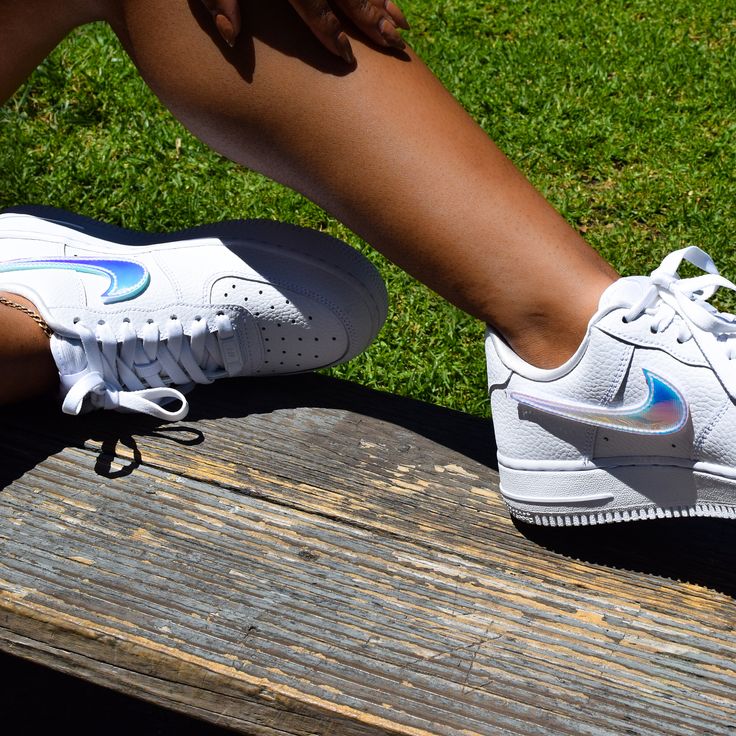
…which leads us to the next part if so far, you haven’t met any of Nike criteria and which contributed the most is having a large influence on Instagram.
And don’t be upset about if they do not apply since we have a solution for you if getting sponsor by Nike is something you have to work for future consideration.
A large Influence on Instagram
When you already have a large influence on Instagram,
things get easier to be sponsored not just Nike but Adidas, Puma, etc.
As people nowadays is getting better to grow their Instagram page, the competition to be sponsored by Nike is also increased…
…that means harder for you.
But check out the next part, which you’ll love for sure!
Potential to be Sponsored by Nike on Instagram
Instagram account with 5k – 10k followers is highly favorable to be sponsoring by sport companies especially,
If you have an Instagram page with 10k followers,
what you can do to get sponsored by Nike is to email the company for sponsoring request (many times…)
However, everybody knows 10k Instagram followers can be bought using these best app for Instagram likes that some of them is still work for growing with real active Instagram followers, but most of them are fake.
If I know how to find identify a page with fake followers and likes so do Nike.
To grow your first 10k Instagram followers and build that potential to get sponsored by Nike, click here to read how many followers to make money on Instagram?.
I mentioned as you grow your way to 10k followers, you can immediately make money with 100 followers – in the 2 ways you can make money on Instagram without having to wait until you reached 10k followers.
Let’s check Nike’s sponsoring alternative…
Sponsored by Nike on Instagram Alternatives
As you learn to grow your page to even 5,000 followers, you should already be getting requests from smaller brands for business opportunities.
That means you can save getting sponsored by Nike for the future.
As you learn to how to grow your Instagram followers, knowing Nike is in the fitness industry it’s important that you have a niche that shared in posts below…
Helpful Article:
- Instagram Niche Ideas: 8 Profitable Niches of All Time
- Create My Own Instagram Hashtags without Shadow Banned?
- How to Manage Instagram Followers? #9 Tips I Use
- Does Facebook Pay You Money? Make Them Pay…
- Getting Less Likes on Instagram? 5 Steps to Grow…
Conclusions.
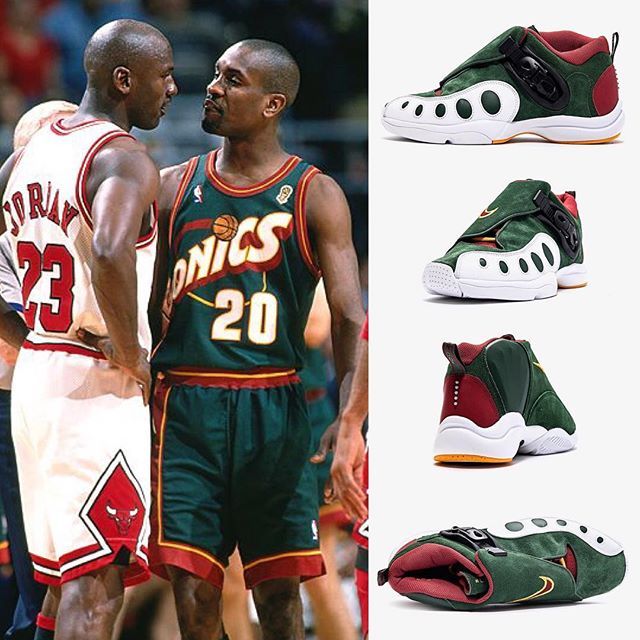
As stated in the above photo, Nike is active looking for new athletes but don’t request – that means they’re looking more into quality athletes with all the above criteria.
Glad this post helped you realized more what it is you need to get sponsored by Nike.
To recap is to simply grow your followers on Instagram and getting sponsored by Nike or other brands is the easiest way to do.
Share this post on Instagram and use the hashtags #earthvessle to be featured on my page.
Disclaimer: I have never sponsor by Nike and what I share might be exactly what Nike is looking for. However, as a bodybuilder following sport for 14 years and after gotten sponsor by smaller I believe these tips would be beneficial.
How to Get Sponsored on Instagram (Even if You Currently Have 0 Followers)
It's no surprise you want to become a paid Instagram influencer -- heck, the average price for a sponsored Instagram post is $300, and if you become more successful, like yogi Rachel Brathen, you could be making $25,000 per post.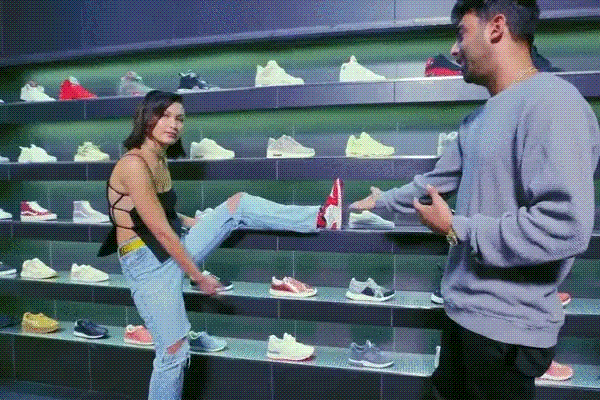
But the idea of getting your posts sponsored might seem laughable to you. You're not posting pictures skydiving in Australia -- you're posting pictures of your brunch. However, you could be more marketable than you think.
Instagram has become an insanely popular channel for brands to promote their products. In fact, Influencer Central found consumers consider Instagram to be the sixth most effective at influencing their purchasing decisions.
Instagram's popularity might make you feel the platform is already too crowded for you to stand out. But here's the thing -- brands are quickly realizing the power of normal people to promote their products. Micro-influencers, or people with a small number of followers compared to the big players, see the most engagement out of their audience.
Think of it this way: I'm going to trust my best friend's advice over Kim Kardashian's when I'm purchasing a product. I trust my best friend, we share similar interests, and I know she's genuine with her advice (no offense, Kim … ).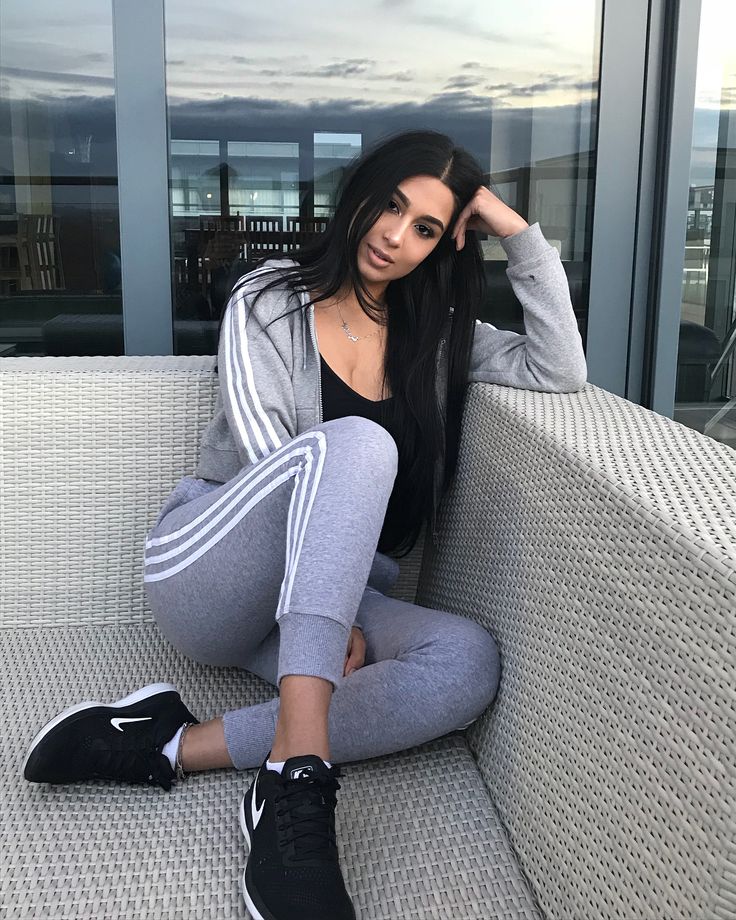
It's the same concept for micro-influencers -- with the right strategy, your audience will begin to see you as one of their real friends. The more they trust your advice when seeking out purchasing decisions, the more likely you are to get sponsored.
Here, we're going to show you everything you need to do to get sponsored on Instagram, even if you currently have zero followers. Keep reading to get started or click the links below to jump to a specific section of this article.
- How to Get Sponsored on Instagram
- What's a Sponsored Instagram Post?
- Using #ad and #spon Hashtags
How to Get Sponsored on Instagram
- Define your brand.
- Know your audience.
- Post consistently.
- Use hashtags and geotags.
- Tag brands in your posts.
- Include contact information in your bio.
- Pitch paid sponsorships.
- Know your worth.
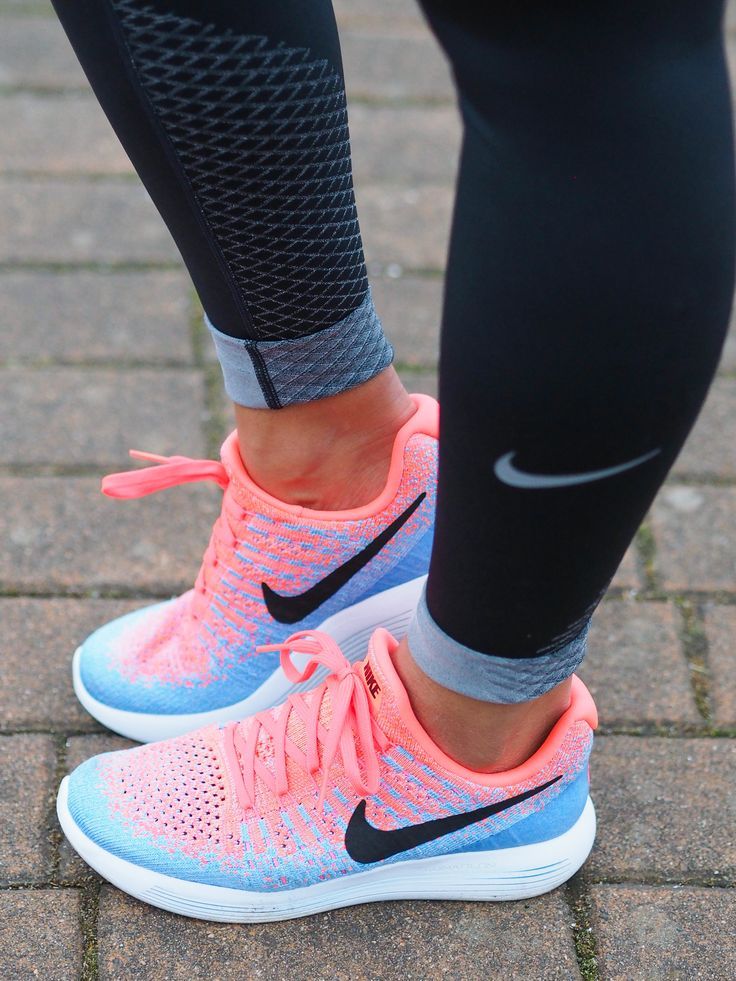
1. Define your brand.
You'll see the best engagement if you're able to define your niche. Do you want to post food and health related content, or focus on fashion? Whatever the case, it's important to establish your brand.
Besides the type of content you post, branding has a lot to do with your overall aesthetic. How do you want to style your posts? What's your messaging? To further solidify your brand, you might want to consider creating a cohesive feed theme (use these feeds for inspiration).
Specificity is key. A good influencer's posts are distinguishable and unique -- when a user is flipping through her feed, she'll be able to pause and recognize every time she sees a post from that influencer. As she continues to see similar content, she'll grow to trust that brand as an expert in the field. If the influencer suddenly and randomly changed course, the user might not understand or trust the content anymore.
Additionally, you might want to connect your Instagram brand with an online presence.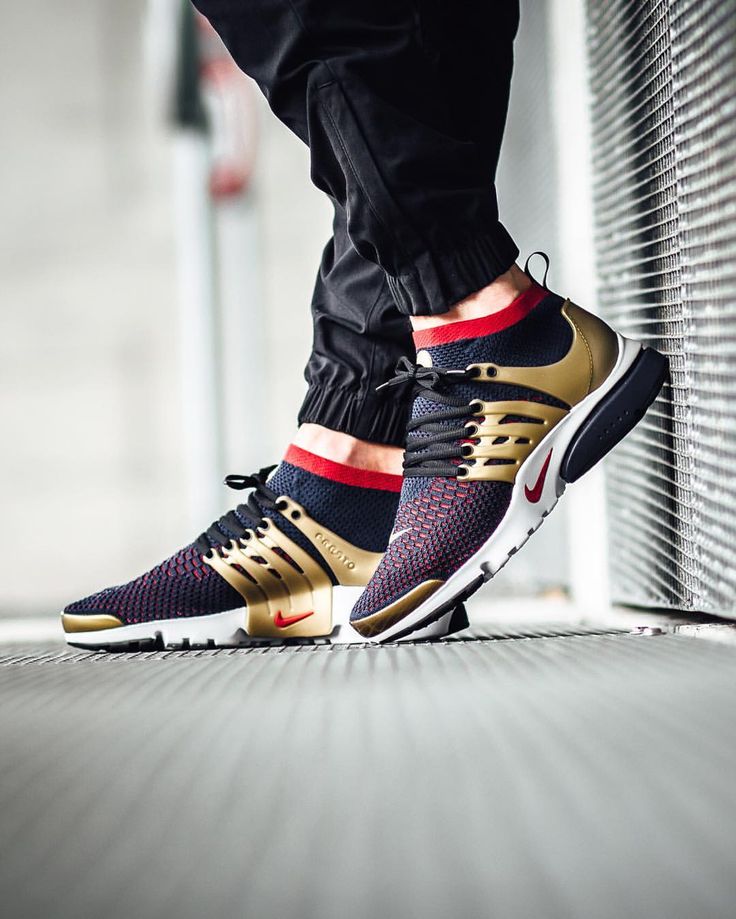 Creating a website with similar aesthetic and messaging is a good way to do this -- the more you unify your social media accounts, the easier it will be for brands to distinguish how you can help them.
Creating a website with similar aesthetic and messaging is a good way to do this -- the more you unify your social media accounts, the easier it will be for brands to distinguish how you can help them.
2. Know your audience.
Knowing your audience is critical for convincing a brand to work with you. It's mutually beneficial for you, as well -- if you understand your audience, you're able to correctly identify which brands will see the most success from using you as their sponsor.
Start by gathering the basics -- what is the gender, age, and geographical location of your core demographic? Which of your posts do they like the best? What times of day do they respond best to content, and what can you infer from this?
The demographic information you gather will help you pitch partnerships with brands. Brands want to know who they can reach if they work with you. Explaining "You'll be reaching thirty-something, working women, primarily from New York, who often use Instagram first thing in the morning and prefer fitness content" is certainly more powerful than saying, "You'll be reaching women.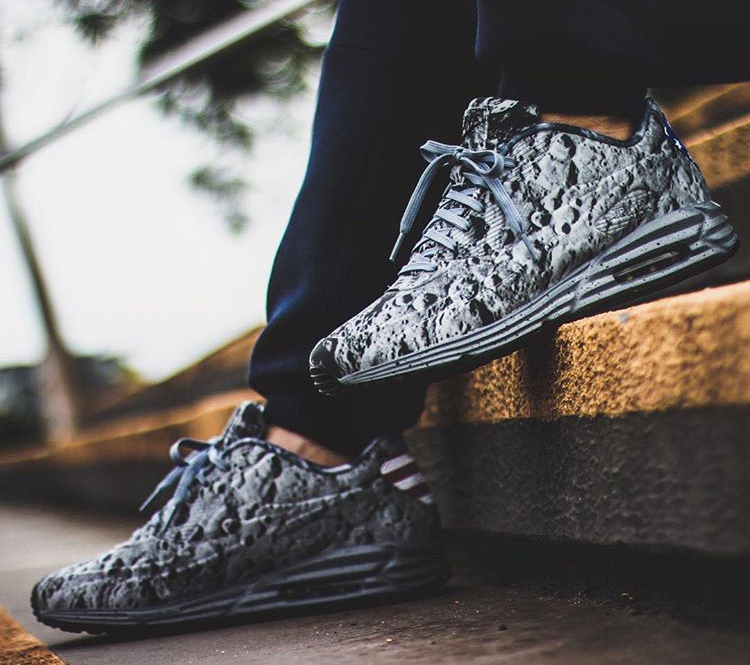 "
"
3. Post consistently.
CoSchedule gathered research from 14 studies to identity how often you should post on social media sites. For Instagram, they found you should post a minimum of once a day, but can post upwards of three times a day.
CoSchedule also found 8:00 AM to 9:00 AM, and 2:00 AM, are the best times to post.
To grow your following, it's critical you post at least once a day. Instagram's algorithm favors new and fresh content, and you don't want your audience to unfollow you or forget about you from lack of consistency.
However, you'll need to figure out what works best for you and your audience. Perhaps your audience feels bombarded when you post three times a day, or maybe they prefer it. Maybe your audience engages most with your posts at noon. It will take some trial and error, as well as Instagram metrics tools, to figure this out.
Featured Resource
Instagram for Business Tips + Templates
Fill out the form to access your kit.

4. Use hashtags and geotags.
Hashtags make your content more discoverable, so they're necessary for growing your following. You can use up to 30 hashtags per post, but TrackMaven found nine to be the optimal number for boosting engagement.
You'll want to use hashtags as relevant to your content as possible. You'll also need to check to make sure the hashtags you use aren't broken or banned (take a look at this list of banned hashtags if you're unsure).
It's critical you choose hashtags that aren't too broad. #Healthyliving, for instance, has over 20,000,000 posts, while #healthylivingtips only has 13,000. The less competition, the easier it will be for your content to get discovered.
When you peruse a hashtag's page, you can also get a deeper sense of what types of content your post will be up against. #Healthylivingtips might typically feature posts with food recipes, while your post is about cycling -- this could defer you from using that hashtag.
Geotags are equally important, but for a different reason.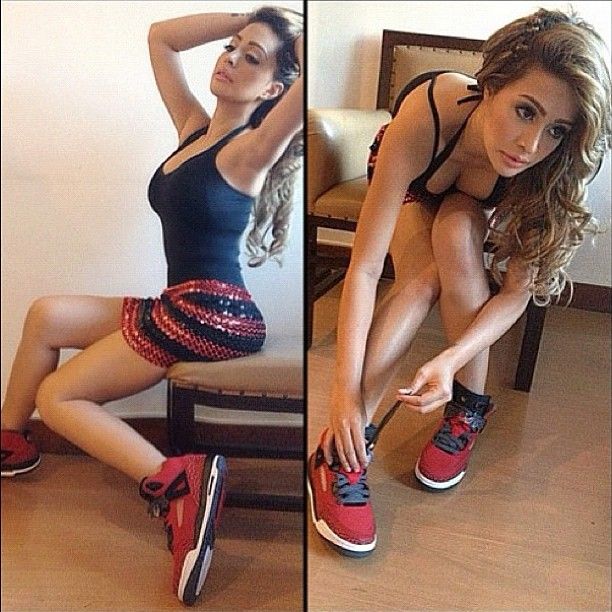 Geotags can help people find you if they're interested in a certain location. This helps you gain more followers, and it also helps you appeal to brands that are interested in reaching a certain demographic. For instance, maybe a boutique sees you often post fashion tips from the California area, and they're looking to appeal to people in that region -- it's a win, win.
Geotags can help people find you if they're interested in a certain location. This helps you gain more followers, and it also helps you appeal to brands that are interested in reaching a certain demographic. For instance, maybe a boutique sees you often post fashion tips from the California area, and they're looking to appeal to people in that region -- it's a win, win.
5. Tag brands in your posts.
Okay, now you're officially ready to begin reaching out to brands. You've defined your brand and audience and have created some quality, authentic posts. Now, you should have a pretty good idea what types of businesses would benefit from a partnership with you.
It's important to start small. If you're interested in skincare, don't go straight for Estee Lauder -- instead, try tagging small skincare start-ups you've seen across Instagram already.
Let's take a look at an example -- @Tzibirita, a travel influencer, posted this image of herself wearing a Paul Hewitt watch.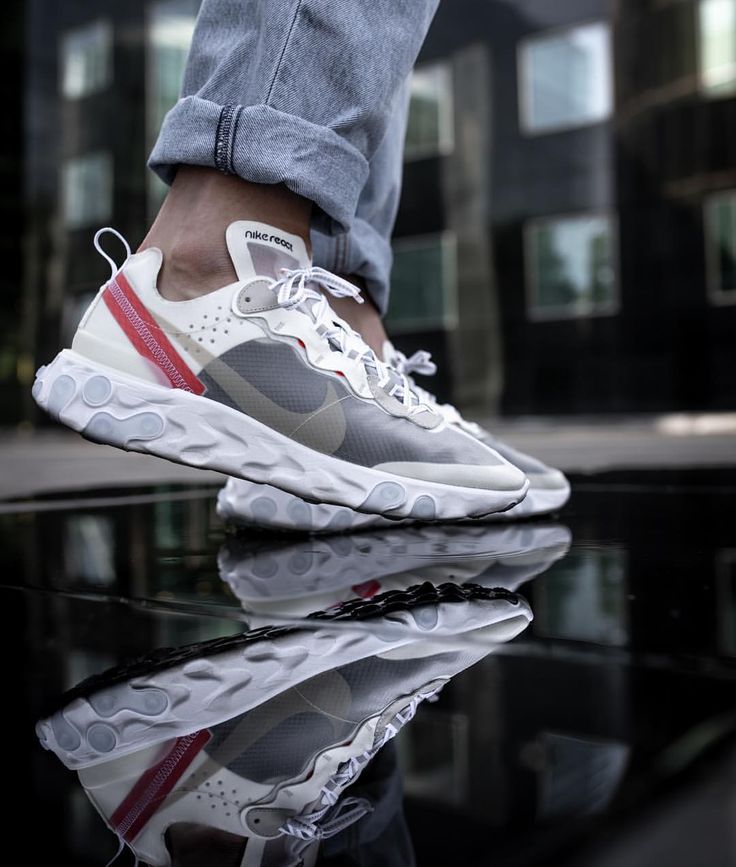 The image is high-quality and fits with her brand, and she tags @paul_hewitt in her description. Even if you're not paid by Paul Hewitt, you can still post the same type of content and tag their brand in the post. Ideally, it will at least put you on their radar.
The image is high-quality and fits with her brand, and she tags @paul_hewitt in her description. Even if you're not paid by Paul Hewitt, you can still post the same type of content and tag their brand in the post. Ideally, it will at least put you on their radar.
Begin with small brands and tag them in your descriptions. Engage with your audience by responding to comments like "Where can I get one?" or "How much?" and the brand will soon see you've proven yourself a suitable sales partner.
6. Include contact information in your bio.
Consider your bio a chance to signal to brands your interest in becoming an influencer. Include an email or website so they can reach you, and include a press kit if possible.
For instance, @tzibirita doesn't waste her bio space. She includes her email and website, and even adds a title -- "content creator". Brands will have no doubt she's open to doing business with them.
Furthermore, you should use a website or blog as your chance to expand on your brand and demonstrate your versatility. Consider adding a Press Page to your website, so brands can take a look at your services. Once you begin sponsoring brands, you can add them to this page so brands can see you have influencer experience.
Consider adding a Press Page to your website, so brands can take a look at your services. Once you begin sponsoring brands, you can add them to this page so brands can see you have influencer experience.
7. Pitch paid sponsorships.
There's nothing wrong with reaching out to brands and offering your services. With the right pitch, you might be able to land some gigs without waiting for brands to find you.
Look for brands that clearly invest time and money into their Instagram presence. You might start by researching what similar influencers in your industry already sponsor. Remember, it's okay to start small. Working with smaller brands will allow you to build a portfolio.
Once you've curated a list of brands that might want to partner with you, send them an email. In your pitch, clearly and briefly outline who you are, what you do, and any achievements you have in the field that make you an expert. Then, explain why you're a good fit for the brand, and include data such as follower count and average engagement rate.
Alternatively, you might consider sending a brand a DM straight from Instagram. It's certainly more relevant to the job you're vying for, but it might get lost if a brand get hundreds of DMs a day.
8. Know your worth.
Make sure you know how much you're going to charge when brands reach out to you. The industry standard is $10 for 1,000 followers, but it could also vary depending on how many likes you get per post. Additionally, as you grow, you'll be able to charge more.
While you'll want to have a minimum set, you can negotiate to encourage brands to pay more. Perhaps for $300, you'll throw in five Instagram Story posts, and a link in your bio to their website for 24 hours. You can use other Instagram features to sweeten the deal.
Once you have your pricing structure nailed down, you'll need to know how to sponsor a post on behalf of the brand you're working with. Now, keep in mind there are two different kinds of "sponsored" posts: those for which brands pay Instagram, and those for which brands pay another user.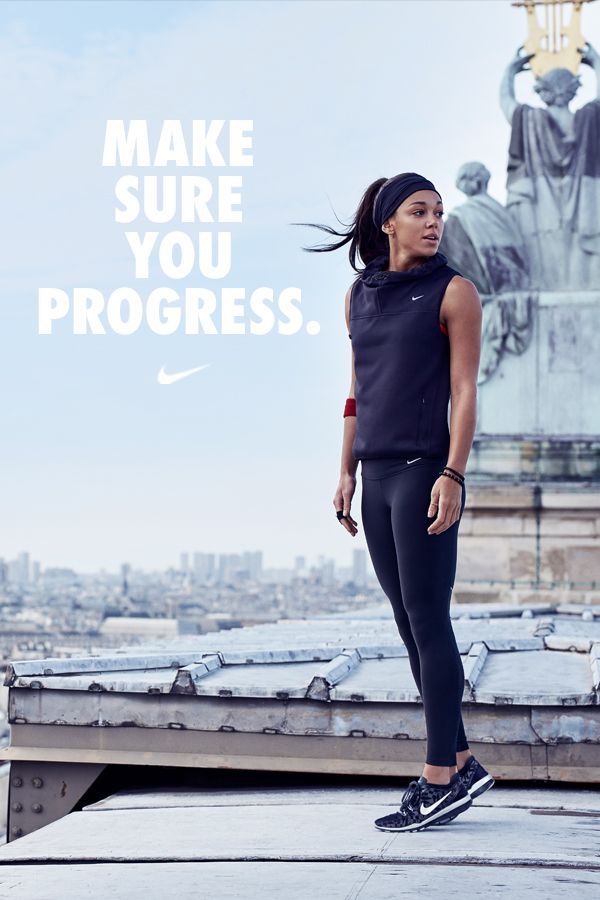
Confused? Here's what I mean:
What's a Sponsored Instagram Post?
A sponsored post on Instagram is paid for by the poster to reach a wider audience. There are two main types of sponsorships: In one, a brand creates a post and pays Instagram for access to a custom audience. In the other, a brand sponsors another Instagram user -- often called an "Influencer" -- who creates a post that features the brand in some way.
Here's more detail on each type of sponsored post:
Promoted Posts & Ads
Just like Twitter, LinkedIn, and Facebook, Instagram comes with a native ad management platform. Advertisers can use this tool to customize a target audience -- using attributes like age, sex, location, and interests -- and invest a specific amount of money to getting their post in front of Instagrammers who identify with this audience.
The thing to remember here is that the advertiser is making and publishing the post. They're paying Instagram for the audience they want access to, but the post is theirs to create.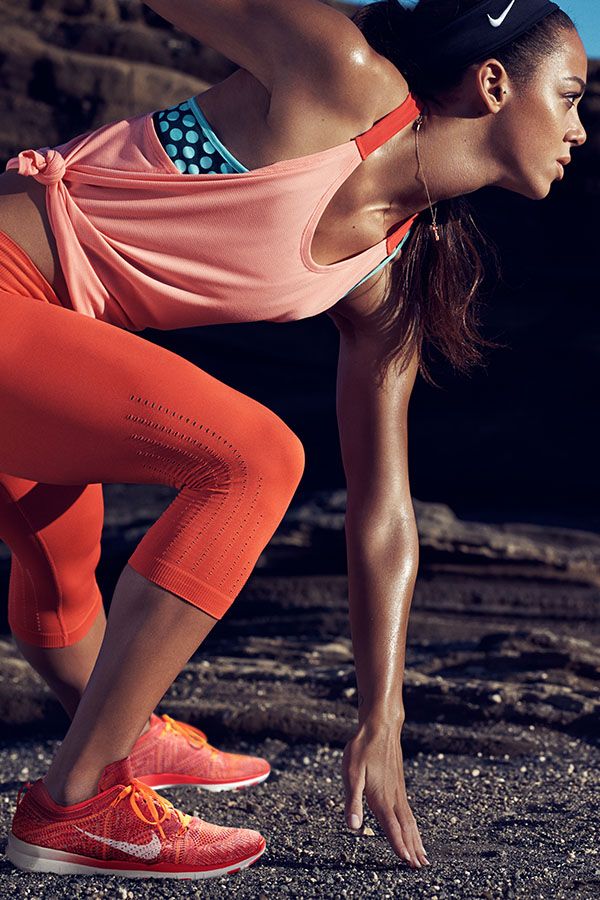
Paid Sponsorships
Paid sponsorships take place between a brand and another Instagram user. Typically, this user has a personal brand and attracts an audience of his or her own. This user is often called an "influencer."
This person can then use the steps explained earlier in this article to find and work with brands that appeal to a similar audience. When they find a brand who wants to sponsor them, they can charge this client a certain amount to create a post that features their product or service. Think of it like social media product placement; just like a business might pay a TV show to have their brand of soda on the countertop in the series finale, they can also pay a person on Instagram to hold that same soda in a picture on their Instagram feed.
Clearly there are more creative sponsorship ideas you can come up with -- I decided to go with a cliché ...
Influencers are similar to Instagram's ad manager in the sense that they both draw an audience that brands might not otherwise have access to. However, the differences in this type of sponsorship are that the brand is paying the influencer -- rather than Instagram -- for access to their audience, and the influencer -- rather than the advertiser -- is the one creating and publishing the post.
However, the differences in this type of sponsorship are that the brand is paying the influencer -- rather than Instagram -- for access to their audience, and the influencer -- rather than the advertiser -- is the one creating and publishing the post.
There are numerous influencers for each industry. Here's a big list of today's known influencers and the types of audiences they attract.
Using #ad and #spon Hashtags
In the past couple years, brands have come under fire for hiring influencers but not making it clear to the audience that these influencers were getting paid.
Department store Lord & Taylor, for instance, settled charges with the FTC in 2016 after paying 50 influencers to wear a dress in their posts without hashtagging #sponsorship or #ad.
Influencers are supposed to hashtag #ad or #sponsored in posts they're being paid for, but these tags make some brands uncomfortable because it makes the post appear inauthentic.
In 2017, Instagram released a paid partnership feature to combat this issue -- if you tag a brand in a post and the brand confirms the relationship, the ad will be marked at the top with a "paid partnership" label.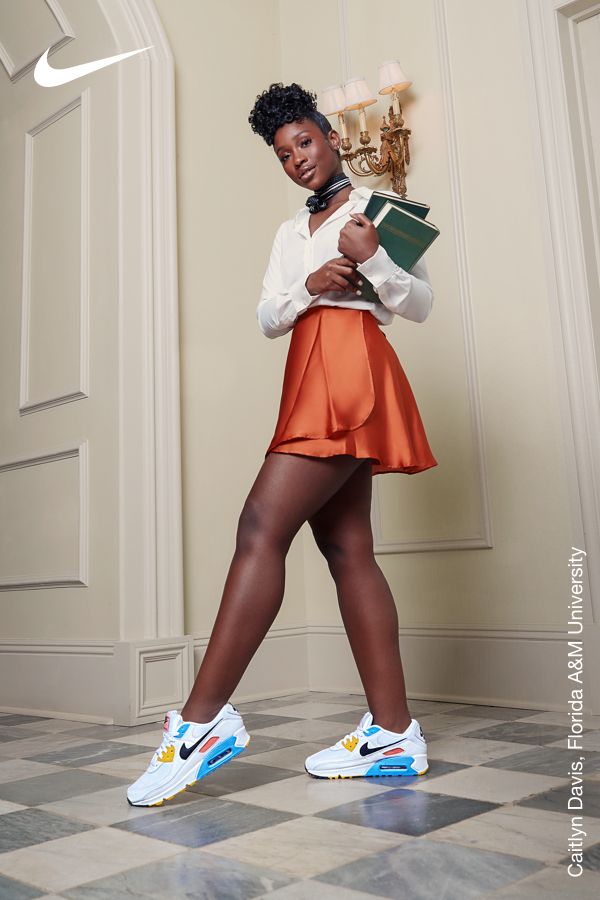 This also helps the brand gather data regarding how well the campaign is performing.
This also helps the brand gather data regarding how well the campaign is performing.
It's critical your followers know if you're getting paid to promote a product. Ethics aside, it could destroy your account's credibility if you're caught, and lose everything you've worked hard to build -- namely, an authentic, trusting community.
If you truly don't want to post #ad or #spon, there are some ways around it -- for instance, Airbnb created the hashtag #Airbnb_partner, to signal a paid partnership without using the word "ad".
When in doubt, adhere to Instagram's policies. You can read Instagram's branded content policies in full here.
Ultimately, getting sponsored on Instagram isn't easy -- it takes time, effort, and perseverance. But if you work hard to differentiate yourself in the industry, and connect on a personal level with your followers, it can be extraordinarily rewarding.
Topics: Instagram Marketing
Don't forget to share this post!
How to find a sports sponsor
Many of our MAKEACHAMP athletes receive sports sponsorship offers after the crowdfunding campaign.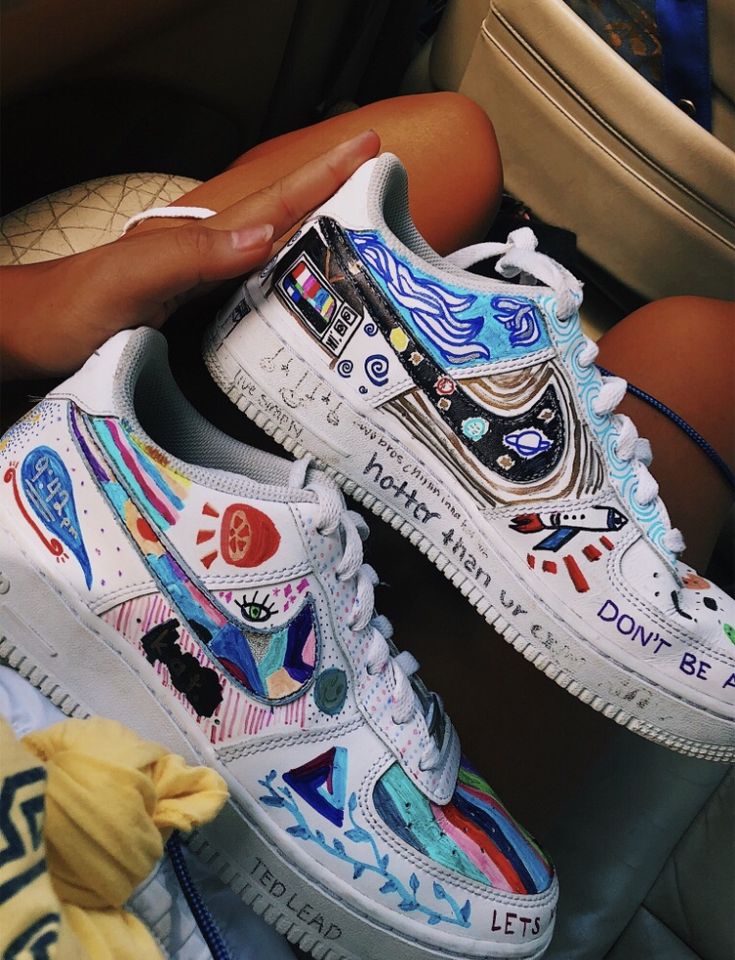 Which is not surprising, since a bright campaign, in which a lot of effort has been invested, adds fame and online popularity to the athlete, therefore, increases their value as an “advertising medium”. However, these sportsmen are not accustomed to dealing with corporate sponsors and are not ready to make deals. This article is written to help athletes. In it, we will list the basic facts about sponsorship that you should know, namely: 1) Levels of sports sponsorship; 2) What does it mean to be sponsored by a company; 3) How to find a sports sponsor; 4) Sponsorship opportunities.
Which is not surprising, since a bright campaign, in which a lot of effort has been invested, adds fame and online popularity to the athlete, therefore, increases their value as an “advertising medium”. However, these sportsmen are not accustomed to dealing with corporate sponsors and are not ready to make deals. This article is written to help athletes. In it, we will list the basic facts about sponsorship that you should know, namely: 1) Levels of sports sponsorship; 2) What does it mean to be sponsored by a company; 3) How to find a sports sponsor; 4) Sponsorship opportunities.
We will continue to write about this in detail. A lot of useful articles on this topic have already been published on our website (so far in English). In the meantime, the main facts that athletes need to know.
1). Sports sponsorship levels
A literal definition of a sponsor is a person or organization that provides funds for a project or activity carried out by another person or organization.
Here are the four most common levels of sponsorship.
Level 1. Gift/Donation - An individual or organization provides funds for a specific purpose. In fact, this does not impose any obligations on the athlete, except for natural gratitude, expressed in the form of a letter or public recognition. Don't forget to thank everyone who helped you!
Level 2. Trade Sponsorship - A local shop or company provides equipment/equipment to the athlete, free or at a discount.
Level 3. Amateur Sponsorship - Free or discounted gear/equipment plus some form of travel and competition reimbursement.
Level 4. Professional Sponsorship - Equipment, expenses plus additional fee.
It is clear that most of us would like to immediately receive sponsorship at the professional level. However, it pays to be mentally prepared to go all the way from Level 1 to Level 4. As you progress through the levels, you earn trust, experience, and the knowledge you need to negotiate with your future sponsors.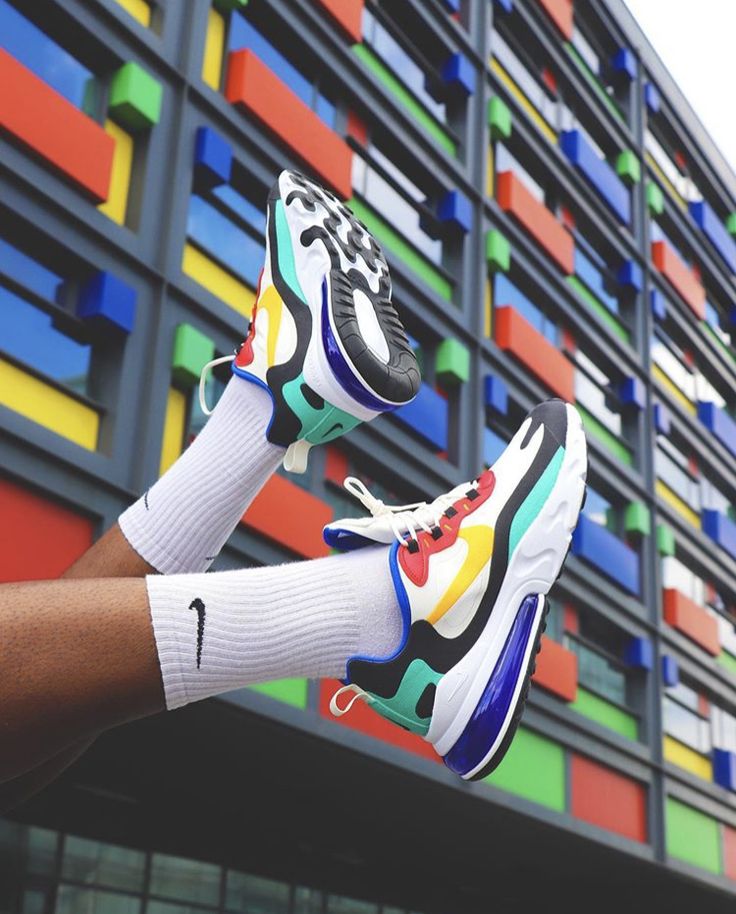
Also remember that not all sponsors are equal. The levels above are for guidance only. Each company, corporation, organization has its own sponsorship rules. For example, a Nike sponsorship would be very different from a local sporting goods store sponsorship - even though they are technically the same Level 2.
Before answering the question of what it means to be sponsored, we first need to understand why companies become sponsors. Here are some reasons why companies sponsor athletes.
2). What does it mean to be sponsored by a company?
- The image of these athletes is associated with representatives of the target audience of the company.
- These athletes can attract and evoke a positive response from a variety of demographics.
- These athletes can positively influence the image of the company and its products.
In a nutshell, companies look to get an ROI - return on investment - for their sponsorship.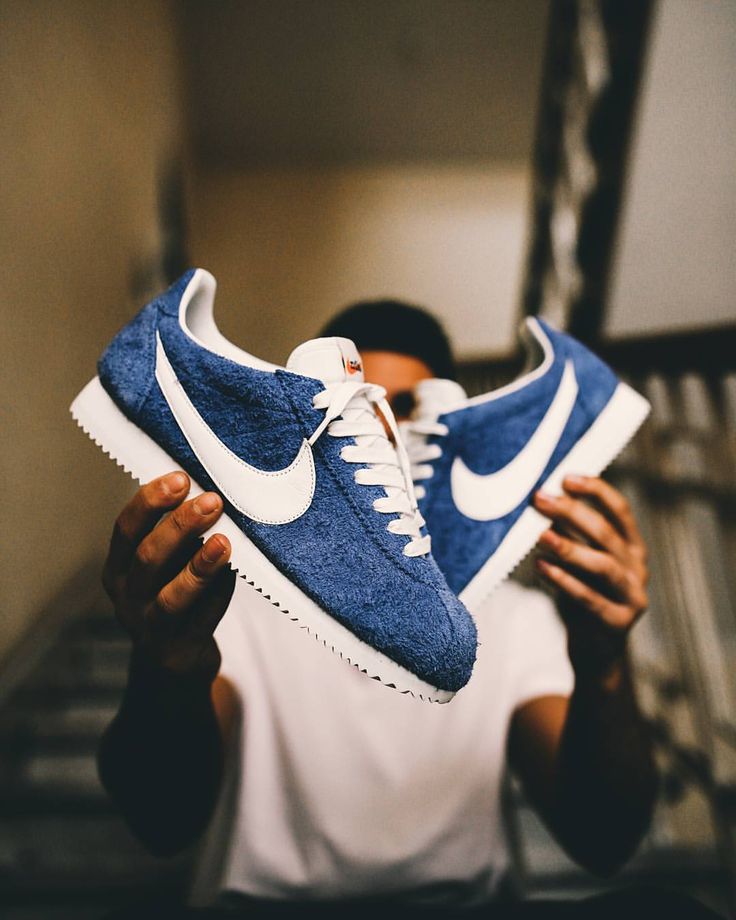 In the case of a contribution, the act of helping and supporting another person brings joy to the contributor. But for Tier 2-4 companies look to gain back what they have invested in sponsorships.
In the case of a contribution, the act of helping and supporting another person brings joy to the contributor. But for Tier 2-4 companies look to gain back what they have invested in sponsorships.
In short, companies hope to recoup their investment in sponsorship. In the case of Level 1 - Gift/Donation - the sponsor simply enjoys their act of support. But at Level 2 and above, the company expects to benefit from its investment in sports sponsorship.
When a company sponsors an athlete, they are looking for someone whose image and qualities will complement the company's image. This means that if an athlete is hardworking and dedicated to the sport, they can get the support of a company that wants to demonstrate that they have the same qualities (hard work and dedication). Consumers choose products recommended by a particular athlete based on the reputation of that athlete in the eyes of the consumer. If the consumer is used to trusting, respecting and admiring that athlete, they may feel the same way about the sponsoring company that the athlete represents.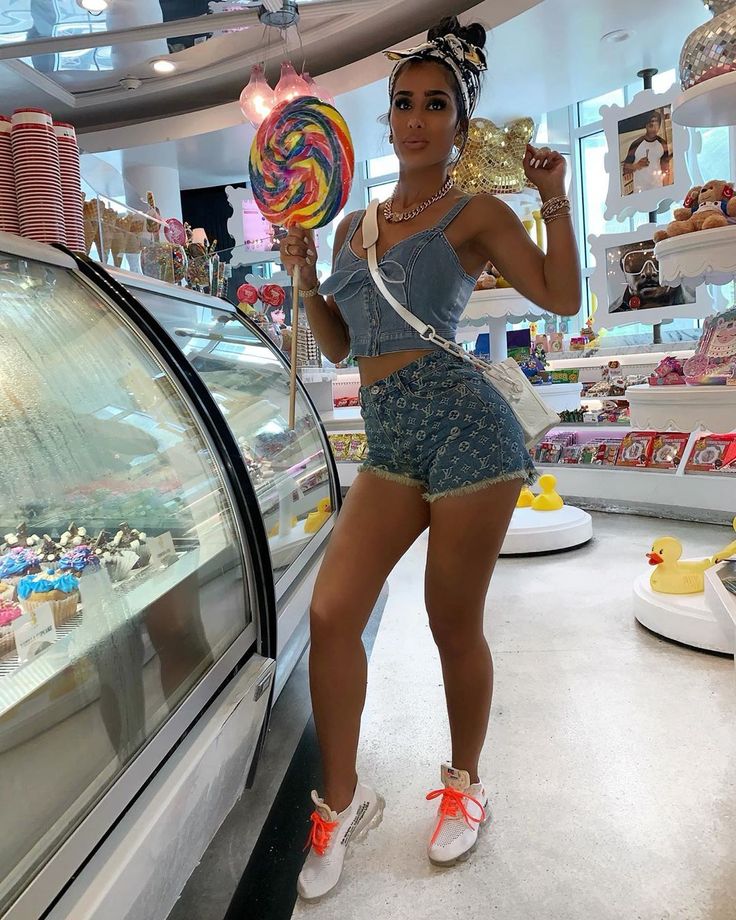
What does this mean for the athlete himself? He must understand what being sponsored means:
- It is good (and hopefully sincere) to speak about the company and its products.
- Mention your cooperation when communicating with the press.
- Train hard and multiply your sporting achievements.
- Participate in company promotions online and offline.
- Advertise the company by placing its logo on your equipment, social media page, etc.
- Attend events organized by the company.
- Publish exciting sports news and statuses on social networks, adding to them the sponsor's logo and a link to the sponsor's website.
3) How to find a sports sponsor
There are many ways to look for a sponsor, and very often a sponsor is where you least expected. Here are some possible approaches.
- Get referrals - find a sponsor through family and friends
- Conduct an active search - Call, send emails, make inquiries to various companies.
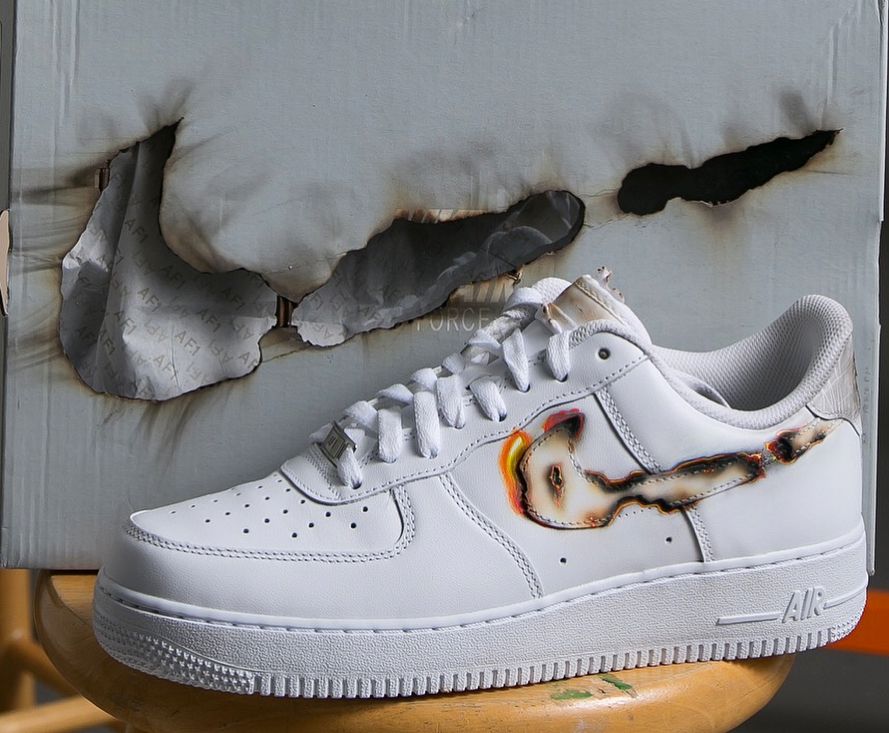
- Attract - to make sponsors pay attention to you.
Of course, we all would like the last option to work, and companies themselves to contact us with proposals. But, as with Sponsorship Tiers, you need to start by looking for referrals and work your way up to the top.
1. Get recommendations
Among your relatives and acquaintances may be someone associated with a company that provides support to athletes. To get sponsored this way, you need to do two things:
- Tell everyone that you are looking for a sponsor.
- Please share this information.
Very often people forget about these two simple steps. Most athletes take it for granted that their inner circle knows what they're doing. However, make sure your friends and family know that you are looking for a sponsor. A great way to do this is to run a crowdfunding campaign on MAKEACHAMP.com. Campaigning will unite friends and family around your goals.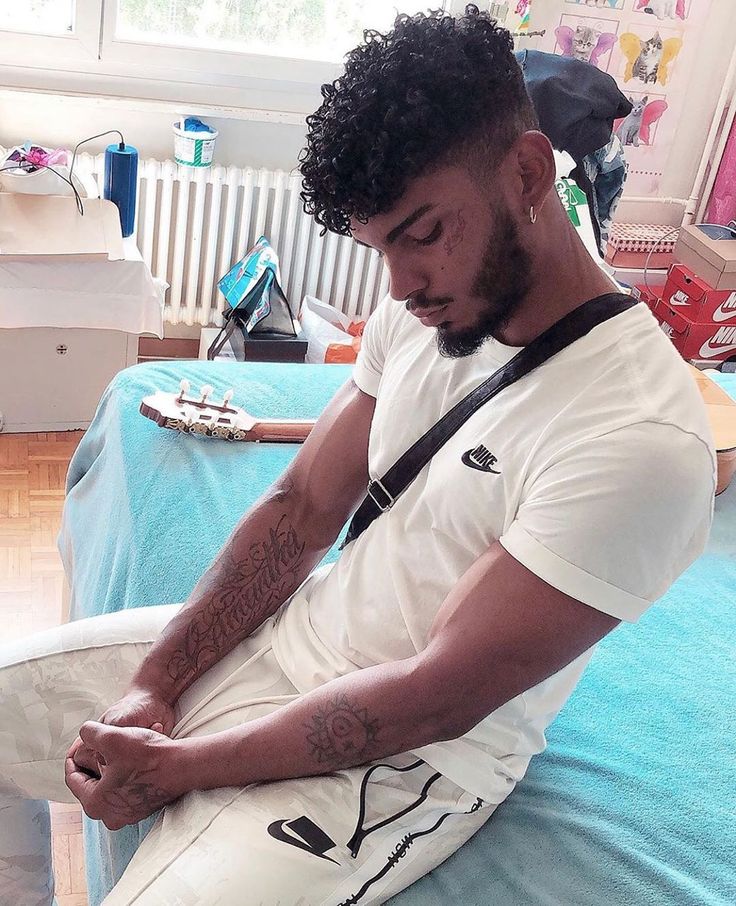 They will be able to support your campaign by spreading the word and making donations.
They will be able to support your campaign by spreading the word and making donations.
2. Actively search
Applying to a company where you don't know anyone can seem scary, but there is nothing to be afraid of. We offer the following methods to help attract the attention of the company:
- "Machine-gun" method: You create a standard e-mail in which you describe yourself and the purpose of your appeal. Using this template, you send an email to all possible companies.
- "Sniper" method: You apply to each company individually. This method can be more effective as you can include in the letter the reasons why this particular company should be your sponsor. (Hint: these should be reasons that matter to the company, not to you. “I don’t have the money to go to competitions” is not a good reason. “The audience for these competitions represents the company’s target audience.
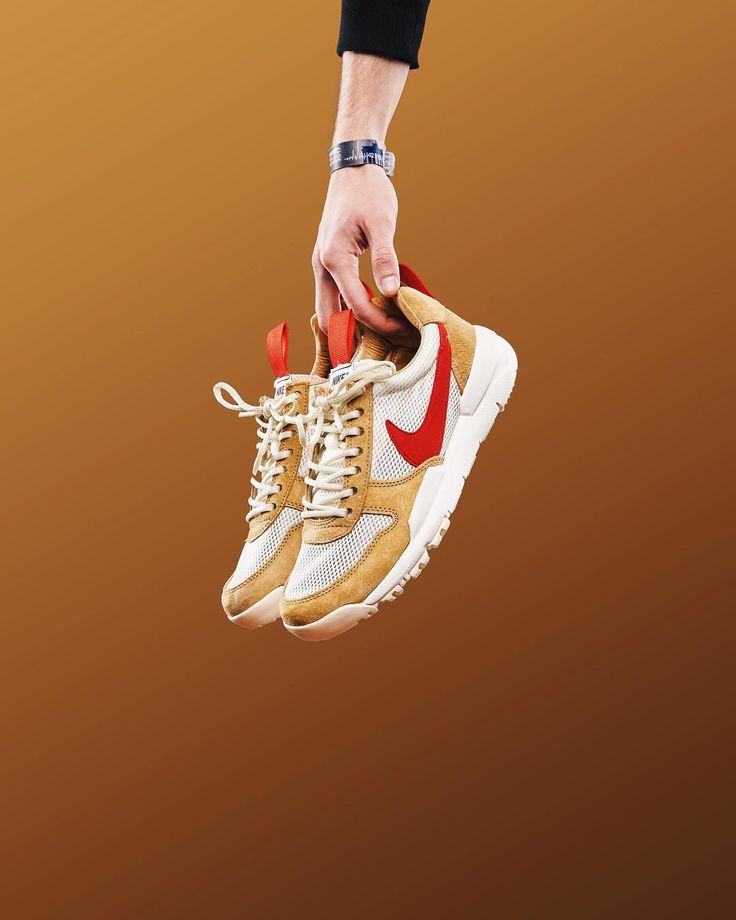 Your sports background and achievements are consistent with the company’s values.” (will have to look at their website, ads and find these values)" - good reason) .
Your sports background and achievements are consistent with the company’s values.” (will have to look at their website, ads and find these values)" - good reason) .
Important people in your company:
- Marketing Director. The head of marketing almost always manages the budget for marketing activities that include sponsorship.
- Director of State and Local Affairs . This is especially true for companies operating in the local market and interested in establishing links with the local community.
- Head of sponsorship programs. Such a position may be in a large company, in smaller companies, all sponsorship activities are supervised by the heads of the marketing department.
- Brand manager. There are such specialists in large companies operating in the consumer market.
- CEO. If you know that the head of the company is into sports, or, most importantly, your sport, then it makes sense to try to contact him personally.
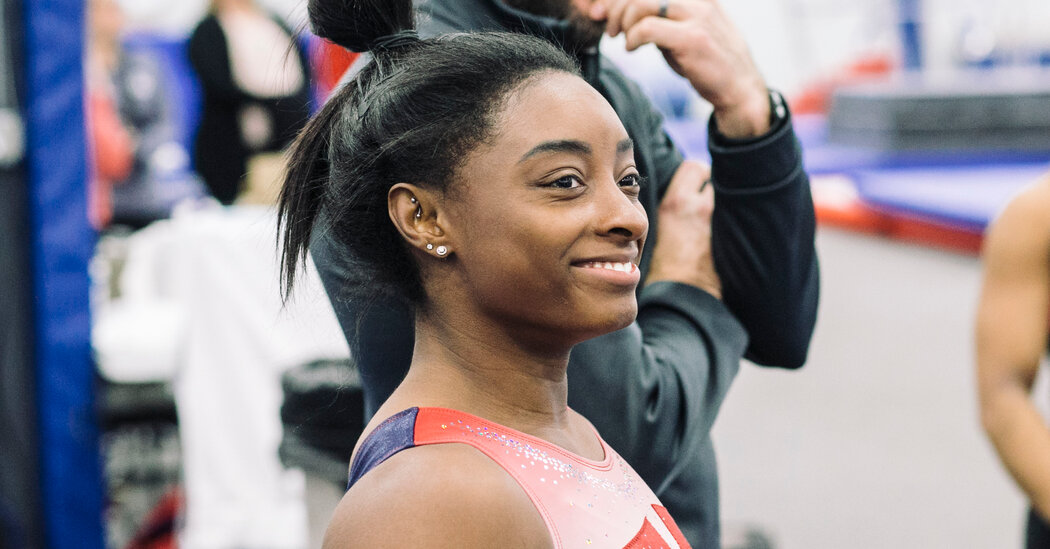 But in such cases, it is best to get a recommendation from a third party. .
But in such cases, it is best to get a recommendation from a third party. .
How to contact the company?
- An email/postal letter explaining why you are applying, plus a short story about your athletic career.
- Follow-up call to the company to make sure the letter was received. During the call, try to arrange a personal meeting to discuss your proposal in more detail.
- Arrange a meeting to present to a potential sponsor all the benefits of working with you.
3. Attract
One way to get the attention of potential donors is to build a community of supporters and followers on social media. To create a community, you need to post interesting and engaging content related to your sport or other area of your ongoing interest. Use MAKEACHAMP, Facebook, Twitter and post there regularly to build a group of supporters. In the future, you will be able to profitably use this community to attract sponsors.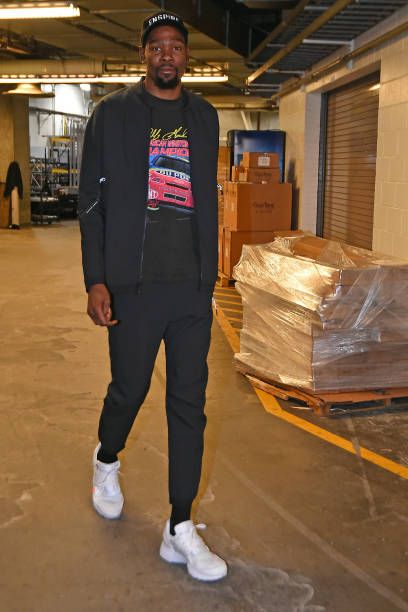
4) Sponsorship opportunities
1. Corporate sponsorship programs.
Many companies have already developed sponsorship programs, with questionnaires and requirements. You can find them with a simple search in Yandex and Google. Also, the next time you get to a sports competition, pay attention to the banners and logos in the hall, in printed programs, on the competition website, on the equipment of other athletes.
Traditionally, athletes are supported by companies that produce and sell products for sports and a healthy lifestyle. Also pay attention to food manufacturers and mass demand. car dealers. Companies in the oil and gas sector.
We advise you to conduct serious research on the Internet, find a description of existing sponsorship programs and submit applications for participation in them. Also remember, if once your candidacy went unnoticed, nothing forbids you to apply again and again when you better know the requirements of the company and make the necessary changes to your profile.
2. Agencies providing sports marketing services.
Whether you have sponsors or are just starting to look for them, working with a specialized agency or agent will be beneficial. They will help in the design of your sports image and will take over negotiations with sponsors. Search the Internet for relevant agencies and offer them your candidacy.
3. MAKEACHAMP 9 Crowdfunding Campaign0207 Running a crowdfunding campaign on MAKEACHAMP is a great way to not only get the funding you need, but also attract the attention of potential sponsors. During the course of the campaign, you will simply have to be super active on social networks and expand your support group. The more people who find out about your campaign, the more likely it is that your future sports sponsor will be among these people.
how to get sponsored on instagram with 1000 followers?
By Milena Anderson Reading 6 min.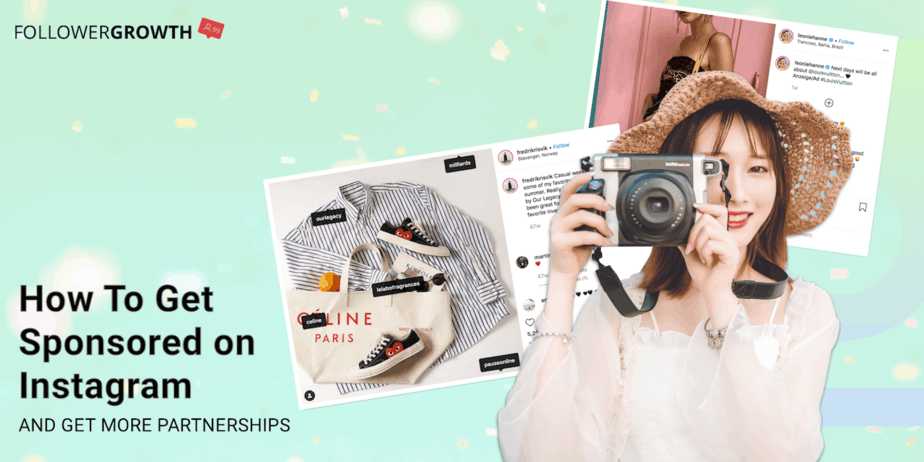 Views 6
Views 6
Short answer
- There is no one size fits all answer to this question as the best way to get sponsored on Instagram depends on your follower. the number and brands you hope to work with.
- However, some tips on how to get sponsored on Instagram with 1000 followers or less include creating high quality content, creating a strong social media presence. and communication with other influencers.
Instagram sponsorship with 1000 followers | How to make money on Instagram 2022
How to make money on INSTAGRAM through SPONSORSHIP 2022 | Get SPONSORSHIP with fewer followers🤑💰
How to sell your sponsorship?
There are a few things to keep in mind when selling sponsorships:
- Understand what the sponsor is looking for. What are their goals and objectives?
-Compose a proposal outlining the benefits of sponsorship for the sponsor.
-Make sure you have a reliable contact person at the sponsor's company who can be your main point of contact.
- Be prepared to negotiate.
-Regularly check back for updates on sponsorship progress.
What can sponsors offer?
There are many things a company can offer to sponsors, depending on the type of sponsorship agreement being negotiated. Typically, a company may offer sponsors access to its customers, its products or services, or its employees.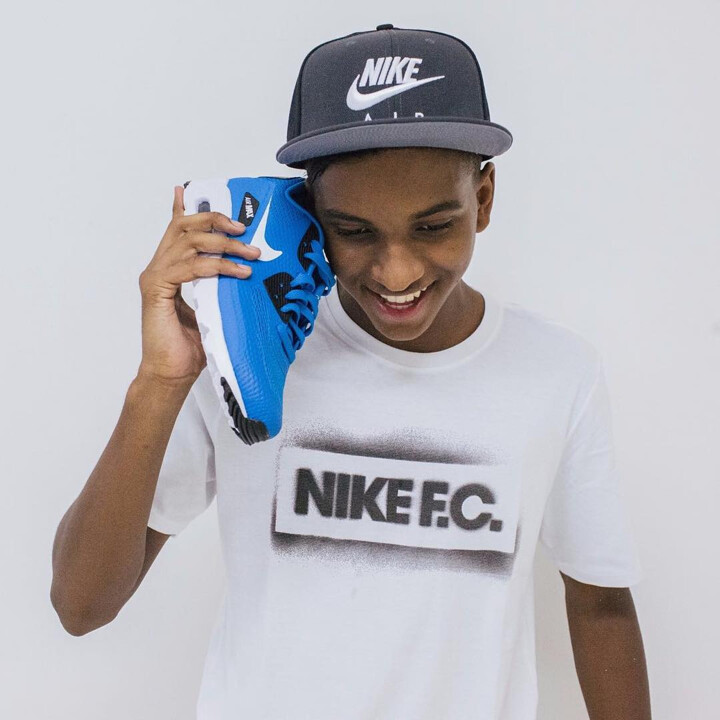 In addition, the company may offer sponsors marketing and promotional opportunities, such as logo placement or product demonstrations. Finally, the company may offer sponsors the opportunity to participate in company-sponsored events or activities.
In addition, the company may offer sponsors marketing and promotional opportunities, such as logo placement or product demonstrations. Finally, the company may offer sponsors the opportunity to participate in company-sponsored events or activities.
How can I get Red Bull to sponsor me?
There is no one size fits all answer to this question as the best way to get Red Bull to sponsor you depends on your individual situation and what you have to offer. However, some tips on how to get Red Bull's attention include: being an active and engaged member of the community, creating high-quality content, and building a strong following on social media.
Where Can I find sponsors on Instagram?
There are several places where you can find sponsors on Instagram. One of them is through influencer marketing platforms like Famebit or Takumi. These platforms allow brands to seek out influencers to promote their products or services.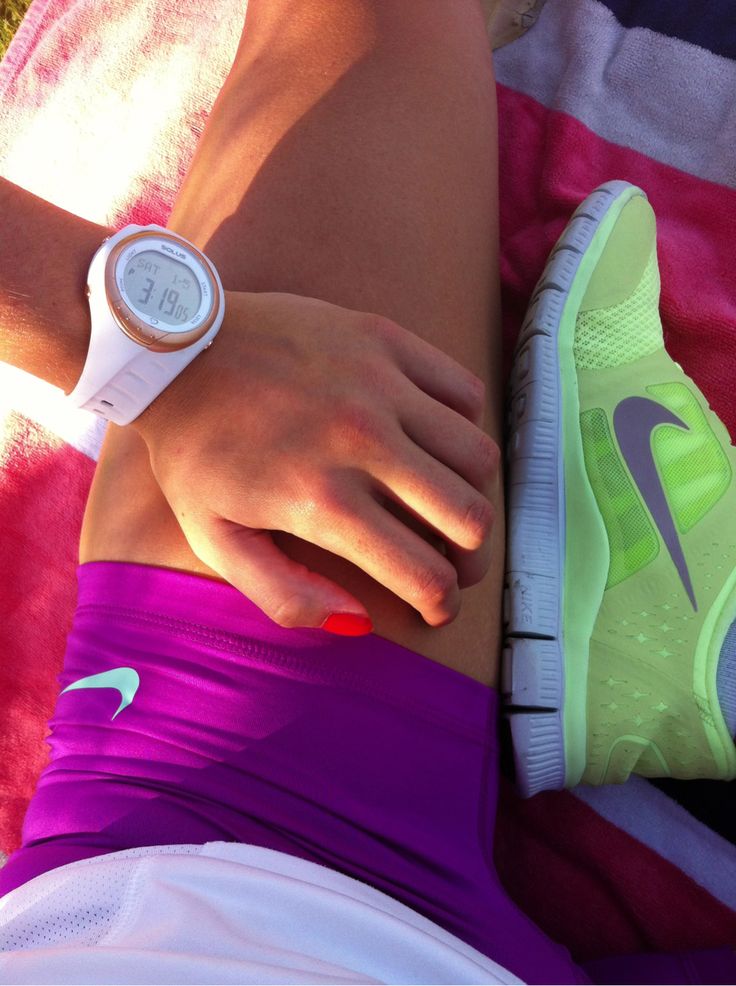
Another way to find sponsors is to look for hashtags related to your niche. For example, if you're a fitness blogger, you might search for #fitnesssponsors on Instagram. A list of brands that are actively looking for fitness ambassadors will appear..
How to write a sponsorship proposal?
First, you need to gather information about the company or organization you are proposing to sponsor. This includes things like their mission, what they stand for, and what they have done in the past.
Once you have this information, you will want to submit your proposal. This should include a brief introduction to your organization, what you hope to accomplish with the sponsorship, and why the other company would be a good fit for you.
How do you apply for sponsorship?
There are several things you can do to increase your chances of getting sponsored:
Start by identifying and targeting potential sponsors.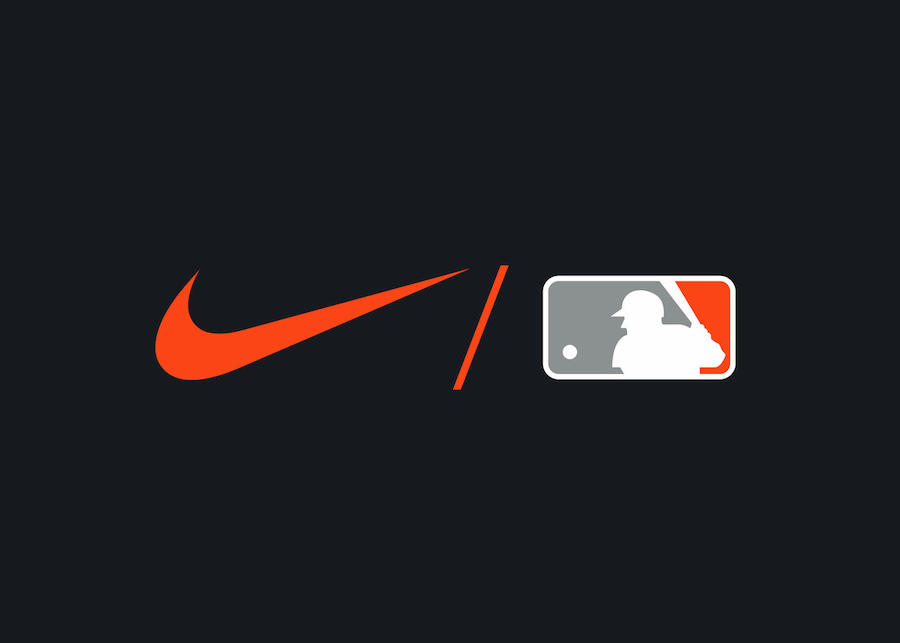
Make a list of what you can offer your sponsor in exchange for their support.
Write a proposal outlining your request and how the sponsor will benefit.
Submit a proposal to the sponsor and contact them regularly.
5 .
How to get 10 thousand followers on Instagram?
There is no one size fits all answer to this question as the best way to get 10,000 followers on Instagram depends on your niche, content and overall strategy. However, some tips for growing your Instagram followers include using relevant hashtags, posting high-quality content regularly, and engaging with your audience. Plus, with tools like Iconosquare or Sprout Social, you can track your progress and measure your success.
Why don't I have followers on Instagram?
There are several reasons why you might not have followers on Instagram. One possibility is that your account is new and hasn't gained followers yet.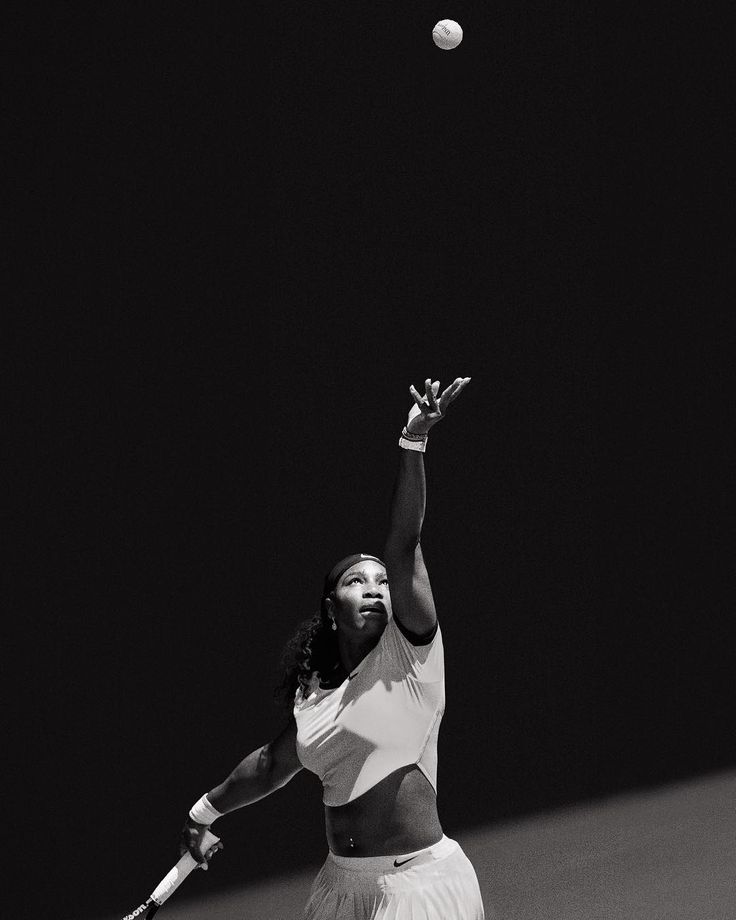 Another possibility is that your posts are not interesting or engaging enough for people to want to follow you. You can also use the wrong hashtags or not use hashtags at all. Try experimenting with different strategies to see what works best for you.
Another possibility is that your posts are not interesting or engaging enough for people to want to follow you. You can also use the wrong hashtags or not use hashtags at all. Try experimenting with different strategies to see what works best for you.
How to get 1,000 Instagram followers in 5 minutes for free?
There is no one-size-fits-all answer to this question, as the best way to get followers on Instagram can vary depending on your niche, content, and audience. However, some tips to help you grow your followers quickly include using relevant hashtags, posting interesting and engaging content, and interacting with other users on the platform.
How can I promote my Instagram for free?
There are several ways to promote your Instagram for free. One way is to post interesting and engaging content that will get people to follow you. You can also use hashtags to reach a wider audience and include a link to your Instagram in your bio.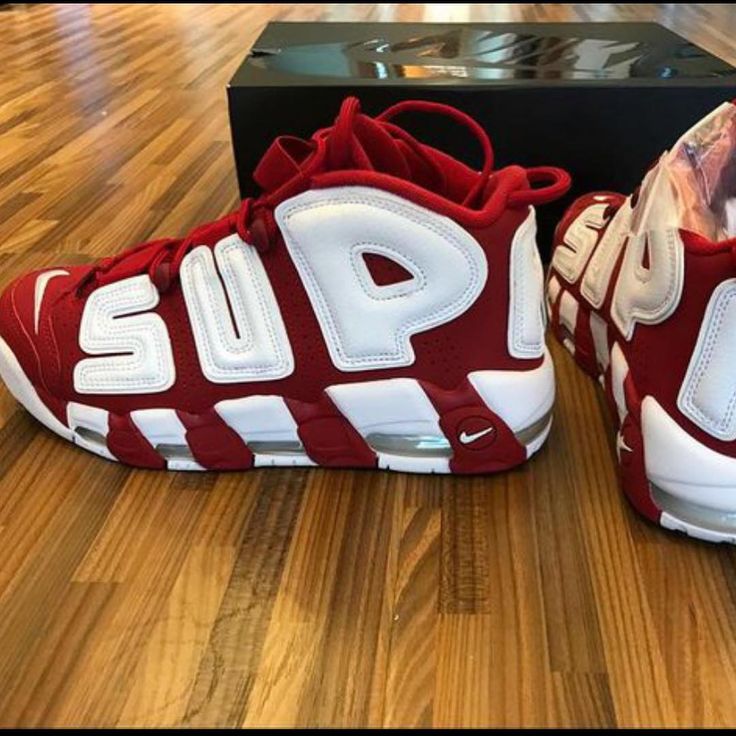 You can also promote your Instagram on other social media platforms or email your followers directly. Finally, you can run contests or giveaways on Instagram to get more followers.
You can also promote your Instagram on other social media platforms or email your followers directly. Finally, you can run contests or giveaways on Instagram to get more followers.
How can I get sponsored online?
There are several ways to get sponsored online. One way is to contact companies directly and ask if they are interested in sponsoring your content or event. Another way is to use a platform like Patreon, which allows people to donate money to support your work. Finally, you can use crowdfunding platforms like Kickstarter or Indiegogo to raise funds from private donors.
How can I find a sponsor?
There are several things you can do to find a sponsor. You can reach out to companies that you think are a good fit and ask if they are interested in sponsoring your event or organization. You can also search for sponsorship opportunities online or in sponsor directories. Finally, you can contact local event organizers and ask if they need sponsors for their events.